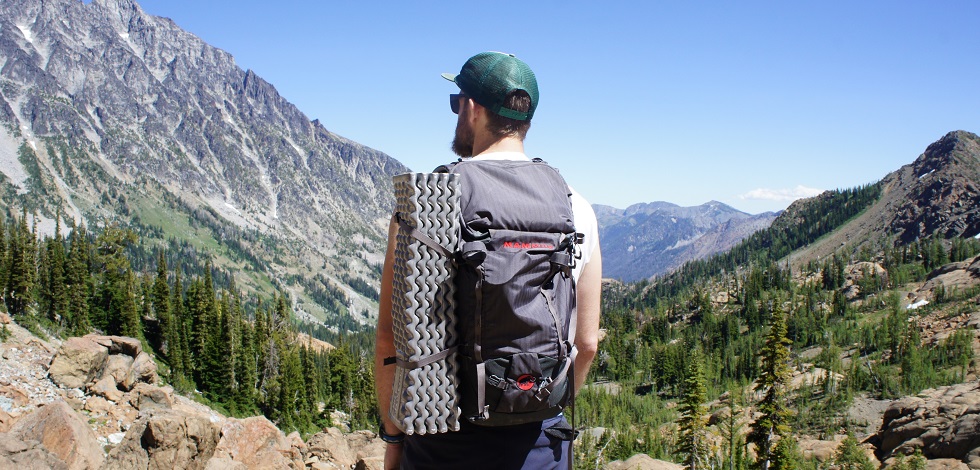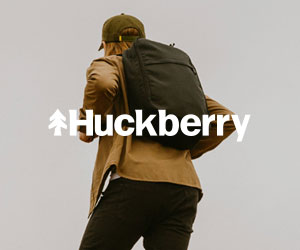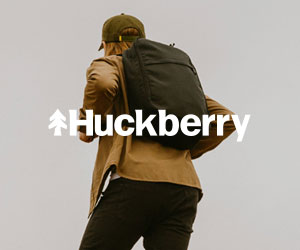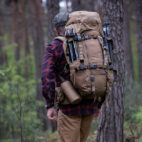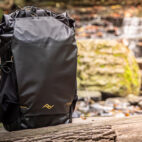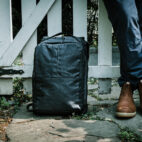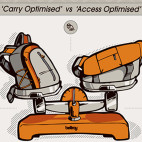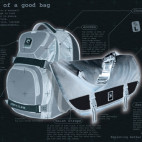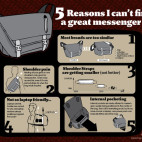Mammut Trion Zip 28 :: Road Tests
The Mammut Trion Zip 28 backpack is aimed at the alpinist or climber who is keen to pursue their outdoor passion. The versatile design however lends itself to other uses, from hiking to travel. As an outdoor enthusiast I was keen to check it out and put it through its paces. See how it fared below...
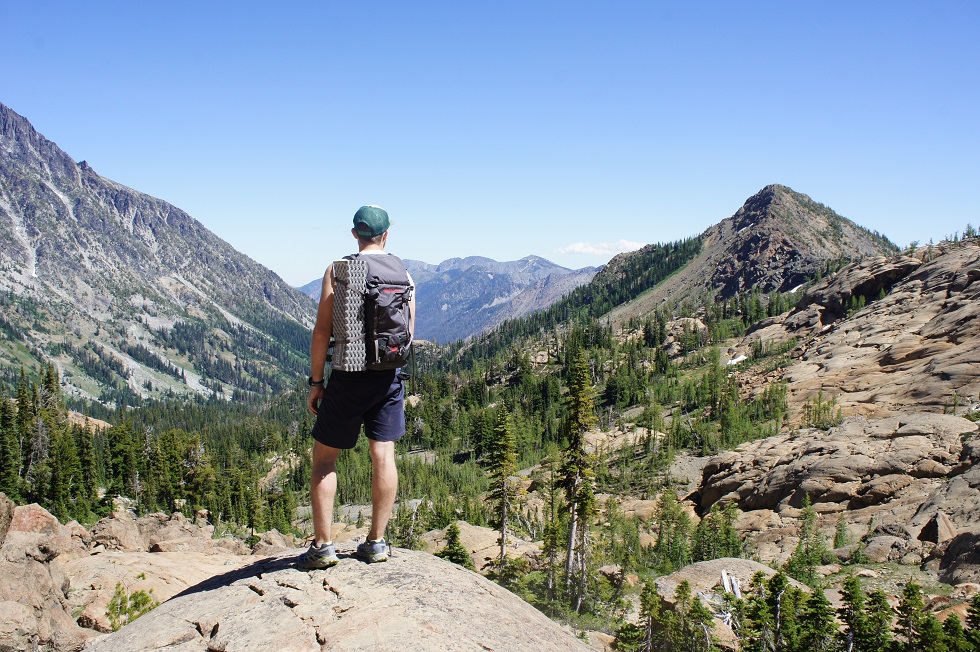
Specifications
- Name: Trion Zip 28
- Brand: Mammut
- Format: Alpine backpack
- Measurement: 57 x 31 x 27cm
- Capacity: 28L // 1709 in³
- Weight: 2 lbs. 5.75 oz. // 1070 grams
- Zippers:
- Material: 420D Nylon with water-resistant DWR coating
- PriceUS$ 129.95
Who It Suits
Climbers out for mixed and multi-pitch routes. Ambitious day hikers and peak baggers rejoice. This is it!
.
Who It Doesn’t
Organization freaks and commuters who need an EDC bag.
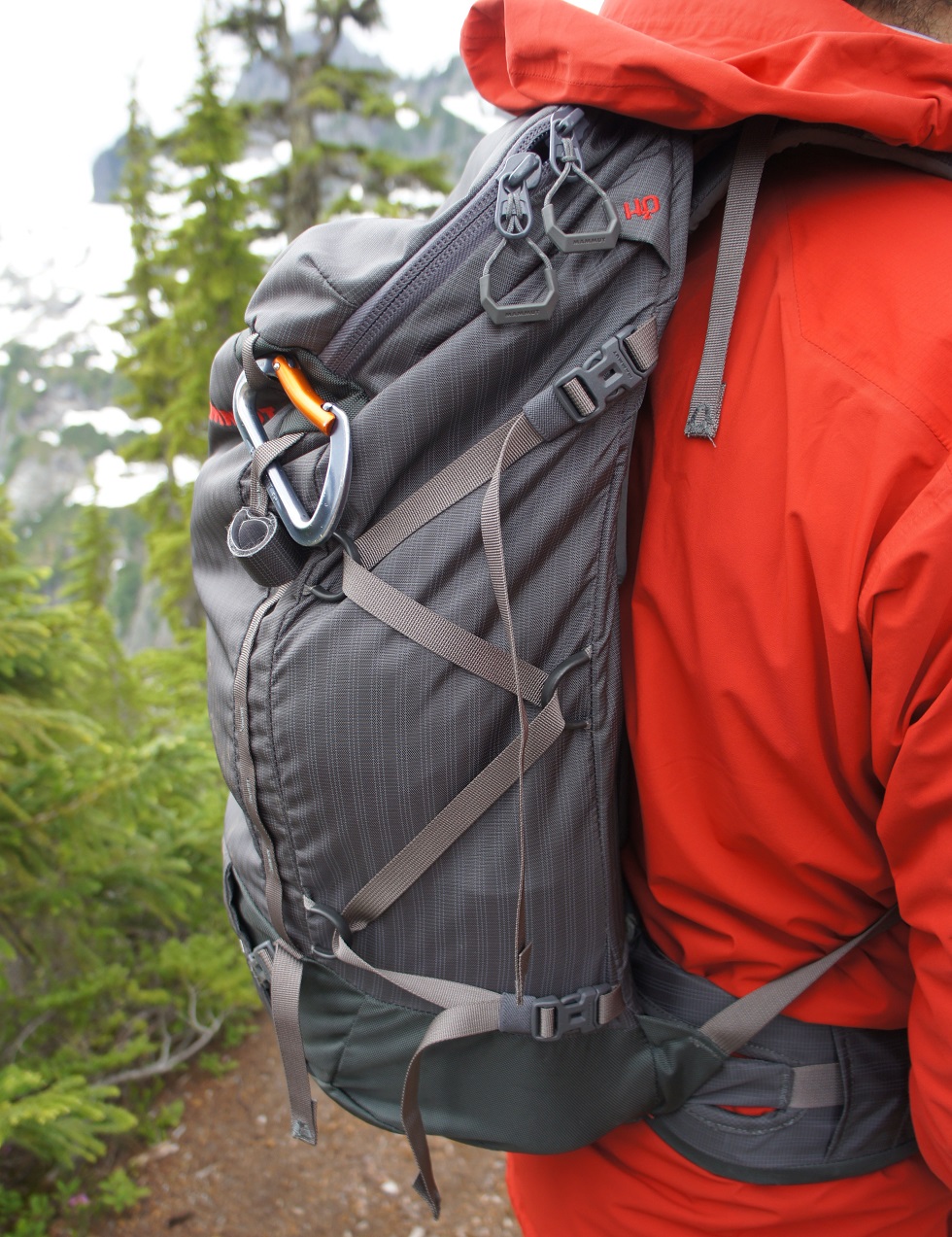
Design
Looks
Mmmmm. That alpine minimalism looks so good. Like a fit Swedish model giving you a gentle hug from behind. The geometry of this bag is awesome too: when it’s full it resembles an old coffin box with the bulk of the mass between your shoulders and a gentle taper toward the waist; an intuitive extension of your body mass. It makes maneuvering sub-alpine scrambles a breeze and really excels at big dynamic movement.
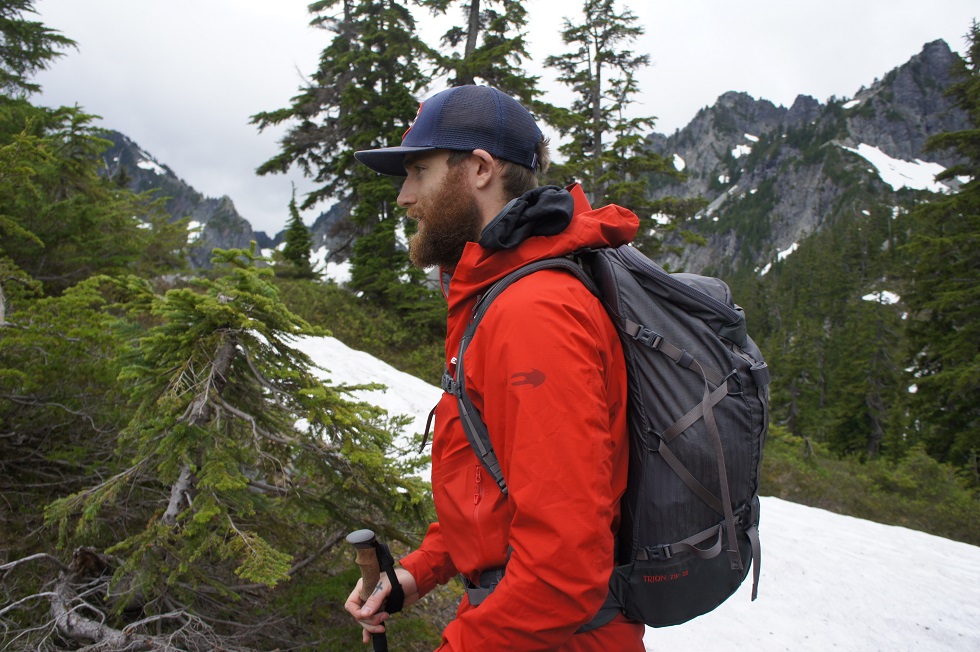
Construction
Construction seems tight. There were a few loose threads on the inside where the daisy chain was tacked down, but I may have received a sample?
"The geometry of this bag is awesome too: when it’s full it resembles an old coffin box with the bulk of the mass between your shoulders and a gentle taper toward the waist; an intuitive extension of your body mass."
Materials
420D Nylon throughout and a reinforced base for extra abrasion resistance. I'm really digging the high-density foam padding in the hip belt and the shoulder straps. It’s thinner than most offerings out there, but works well.
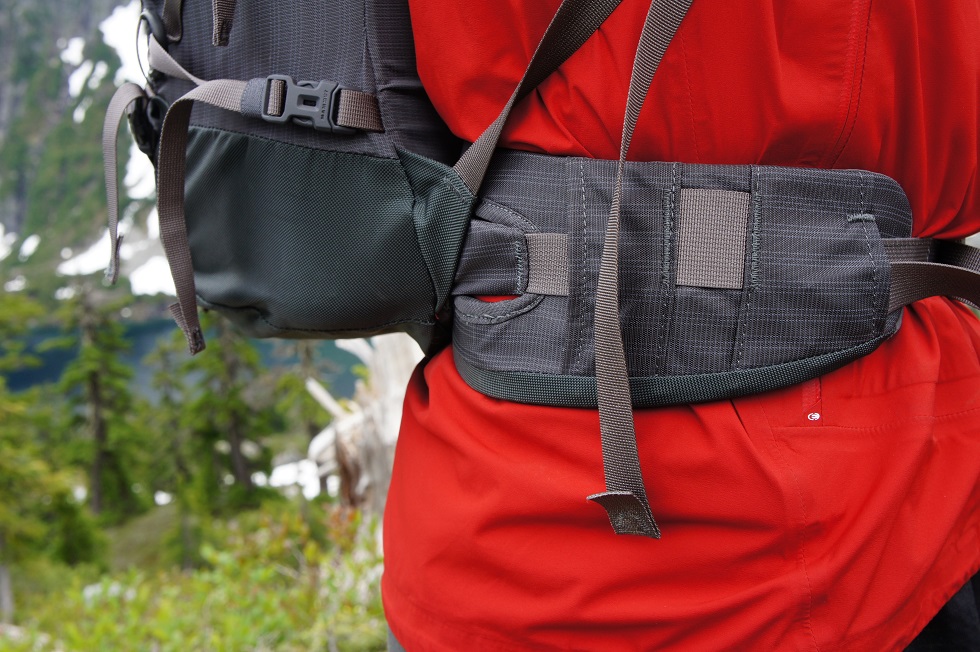
Hardware
The buckles are legit. The main zipper is 8mm coil with a huge finger-sized hole for use with gloves.
Features
Compression: Z-compression straps run the sides of the bag for you to really control the volume and distribution of weight. Rather than compressing the bag horizontally with two parallel straps, the Z-compression straps allow the whole bag to compress vertically and not only makes carrying a half load look better, but also feel better as the weight distribution is even and parallel to your spine. Also, this allows you to carry all manner of long items down both sides. I had this maxed out carrying a Z Lite as shown in the photos, but also with a lightweight, two-person tent. You can A-frame carry skis as well should you want to tour with this bag. Super versatile.
"Rather than compressing the bag horizontally with two parallel straps, the Z-compression straps allow the whole bag to compress vertically and not only makes carrying a half load look better, but also feel better as the weight distribution is even and parallel to your spine."
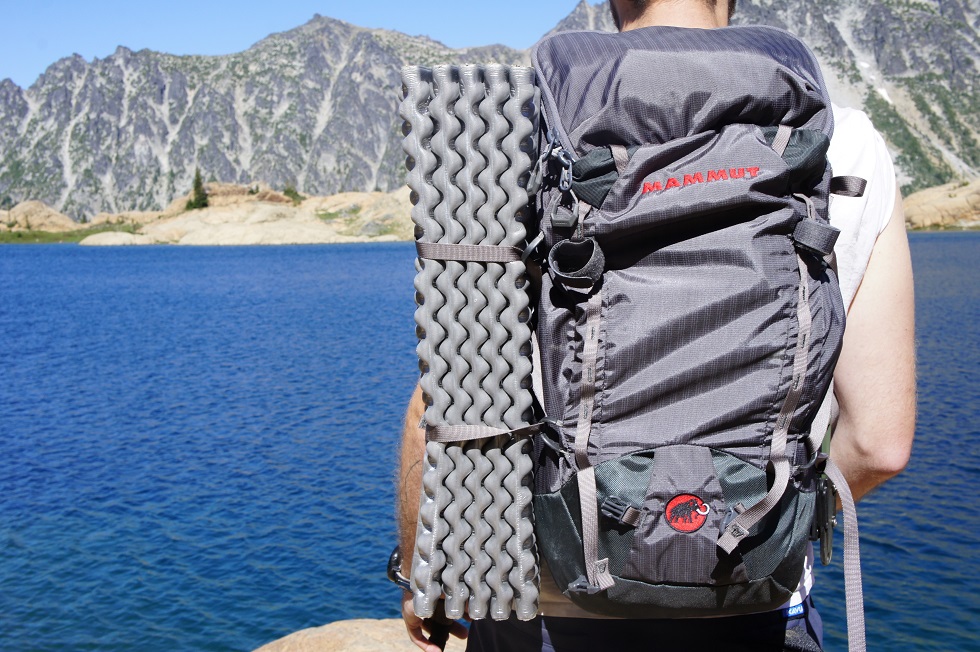
Suspension: Yes. The MOTION V frame works. It’s a little sweaty, but so is everything else out there, and this ventilates pretty well considering the height of the padding. The adjustable sternum strap is simple and easily adjustable, and the clip-in system Mammut’s developed would be field repairable should it fail. The hip belt feels great and works whether I’m hauling groceries or a day trip kit and is slightly adjustable for height via a hook and loop panel behind the lumbar pad.
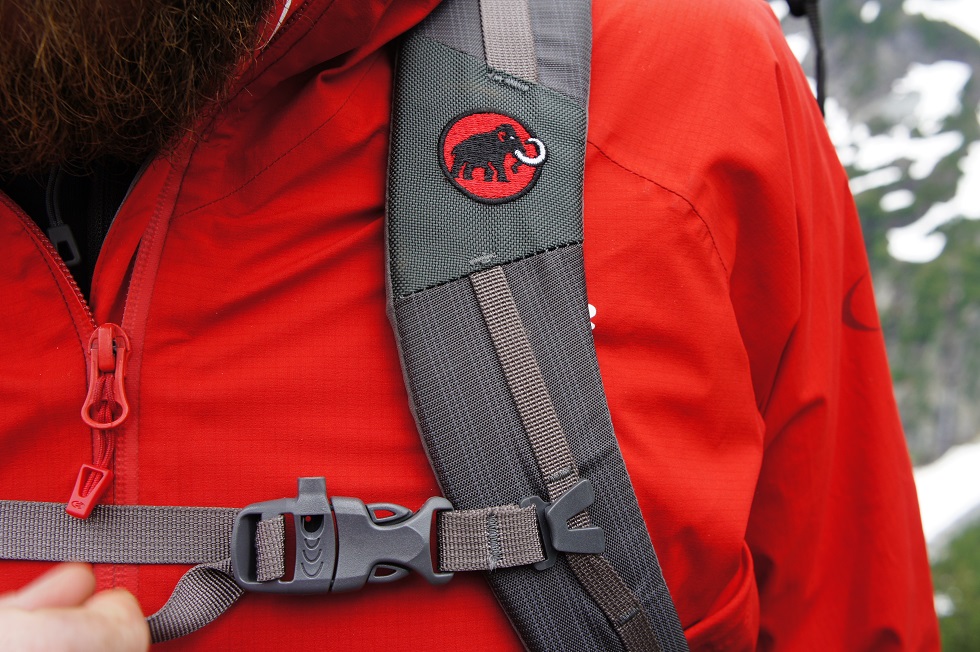
Tool attachment: Adjustable for diameter with webbing and buckles at the bottom and adjustable for height with removable/replaceable hook and loop straps at the top. An ice axe pass-through at the bottom keeps pointy things where they belong.
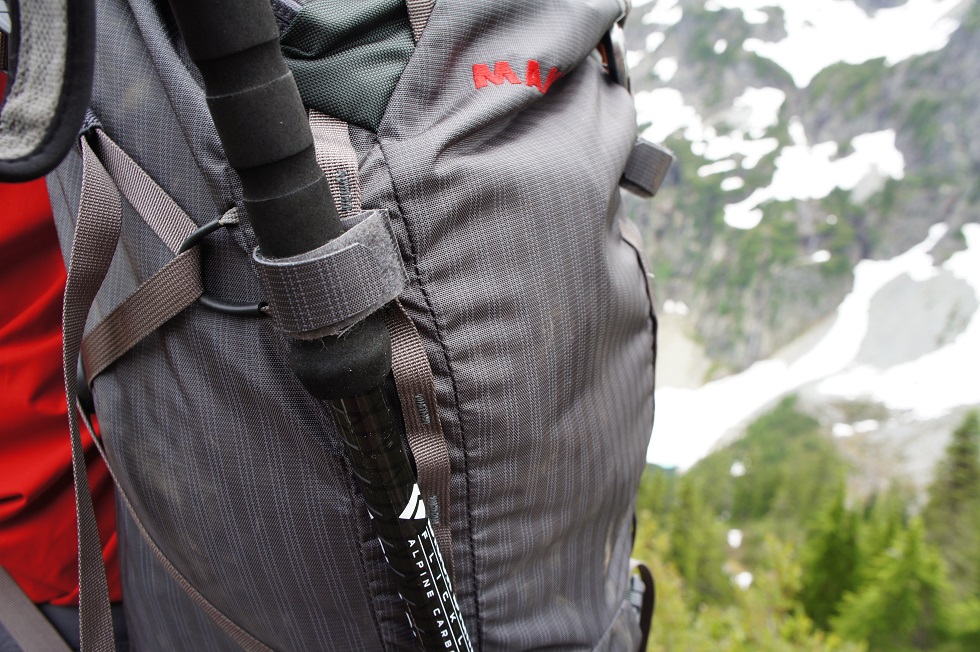
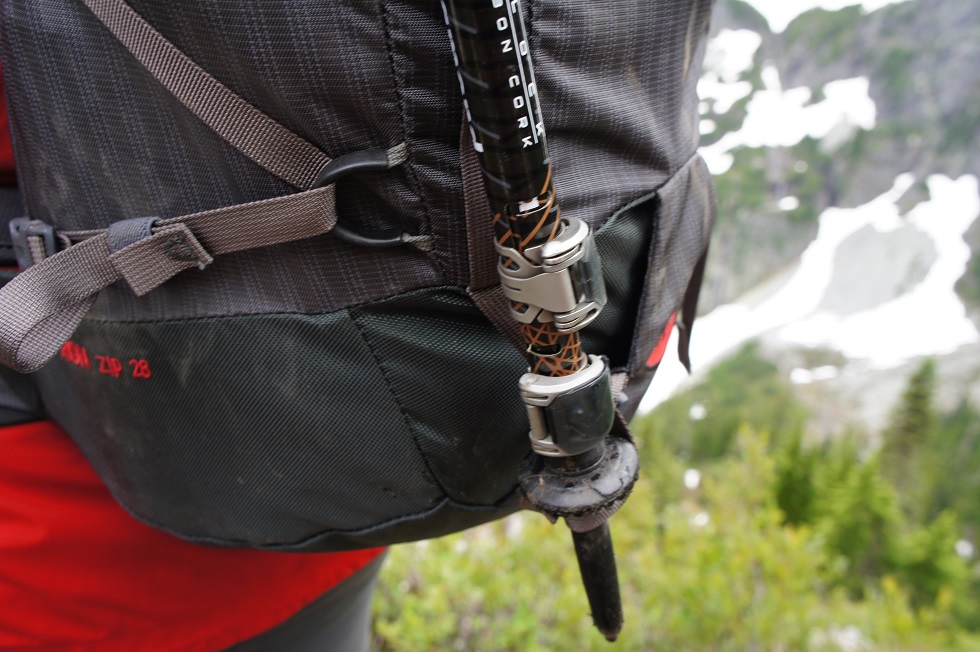
Rope carry: The rope carry system here works (though I’ll never use it) and Mammut provides an adjustable strap to sling it over the top.
Daisy chain: The daisy chain down the front allows you to strap all sorts of stuff on the front face of the bag should you so choose. It also serves as the height adjustment for your tool attachment straps.
"The daisy chain down the front allows you to strap all sorts of stuff on the front face of the bag should you so choose."
Minimalism: The big feature in an alpine bag is simplicity and minimalism. You don’t want frills or fragility in a bag you’re dragging up the mountains. I like how simple and sleek this is. I feel good wearing it ducking deadfall and scrambling up ridges. It’s lightweight; at just over two pounds, you hardly notice it.
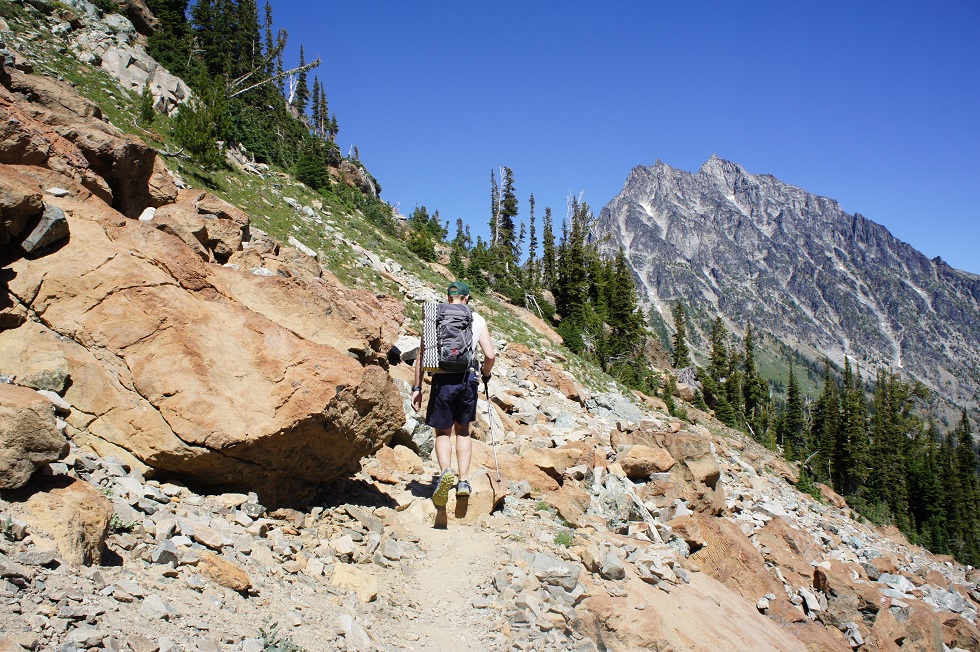
Performance
Space and Access
The usable volume on this bag is excellent. There are no frills to impede the violent stuffing of a down jacket and harness. Access is not great, but there’s only 28 liters to navigate and the minimal zipper length drops weight and increases bag strength.
"The big feature in an alpine bag is simplicity and minimalism. You don’t want frills or fragility in a bag you’re dragging up the mountains. I like how simple and sleek this is."
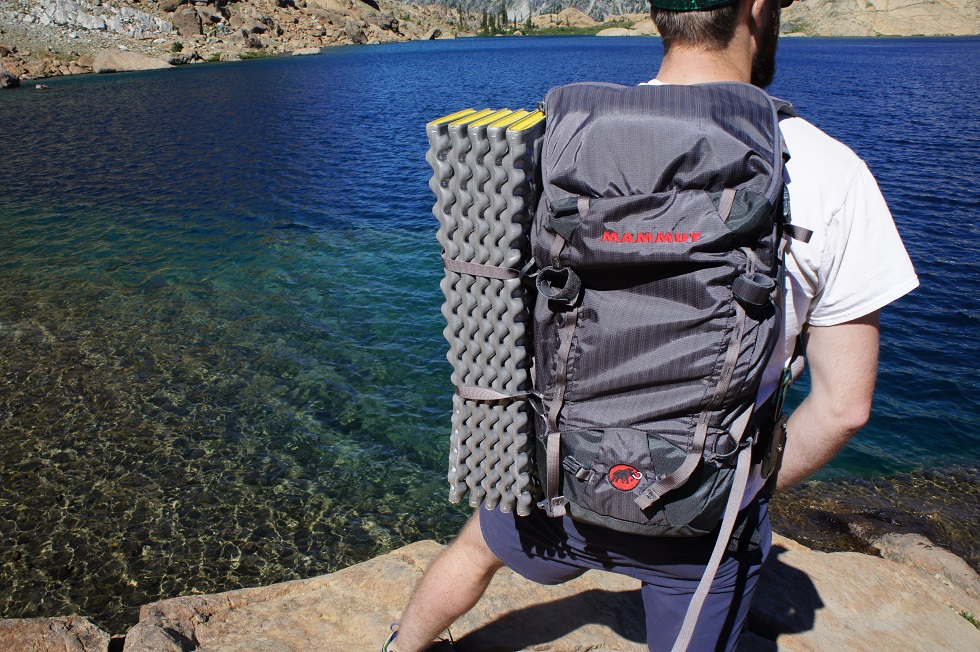
Pockets and Organizing
Organization and access are huge soft spots for me because I’ve got backpacking roots. I can deal with minimal access to the bag’s contents because I appreciate the design elements there and the strength/access compromise that was made. But the two small organizational pockets I get with this and the top end access to the bag's contents leave me wanting. A slightly longer U-zip might make a difference, but I don’t care enough about it to change the bag around because it is a good design.
That said, I could still use an extra pocket. Or maybe a larger one?
"I can deal with minimal access to the bag’s contents because I appreciate the design elements there and the strength/access compromise that was made. But the two small organizational pockets I get with this and the top end access to the bag's contents leave me wanting."
Nitpicking: The placement of the interior lid pocket is not ideal. It flips open nicely when the bag is stuffed full and gives you great access to its contents. But when I’m running the bag with half a load, or as an EDC bag, the pocket flips open sloppily. [Easy fix Mammut: Put the zip on the outside of the bag. The pocket size/placement wouldn’t change, I wouldn’t have to open the main compartment zip to access my stuff, and the pocket content’s weight won’t pull the lid flap all the way to the ground if I don’t have a full load.]
Comfort
The MOTION V frame works great for the loads this bag is expected to carry. It's also surprisingly well ventilated for high-density foam. The hip belt is skeletonized to save weight and is totally removable for lighter loads and airplane travel. The foam in the hip belt and the shoulder straps is dense and thin, but is perfect for the attitude and mission of the bag.
"The MOTION V frame works great for the loads this bag is expected to carry."
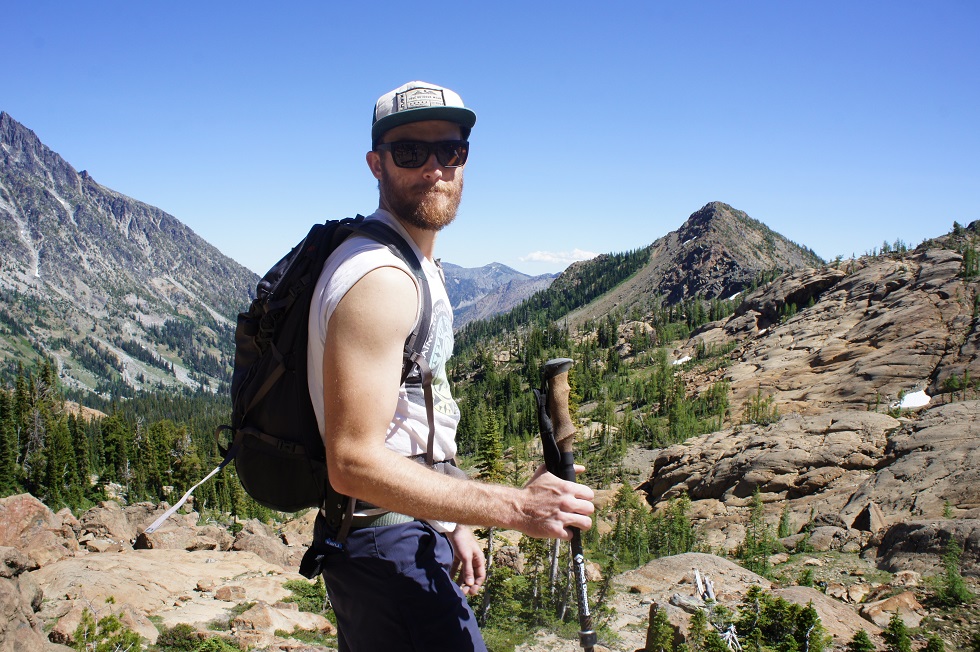
Weatherability
I didn’t have the opportunity to really get hammered on with this because summer in Washington is magical. My experience with 420D PU-coated nylon has proven viable water resistance in light rain and high wind. Nothing special, but certainly good enough for your adventures. Water-sensitive items would be kept in dry bags in real world scenarios with this product.
"The foam in the hip belt and the shoulder straps is dense and thin, but is perfect for the attitude and mission of the bag."
Alternatives to Consider
The Salewa Peuterey 30 is nearly the same bag and the Mountain Hardwear SummitRocket 30 is the same bag made out of lighter fabrics.
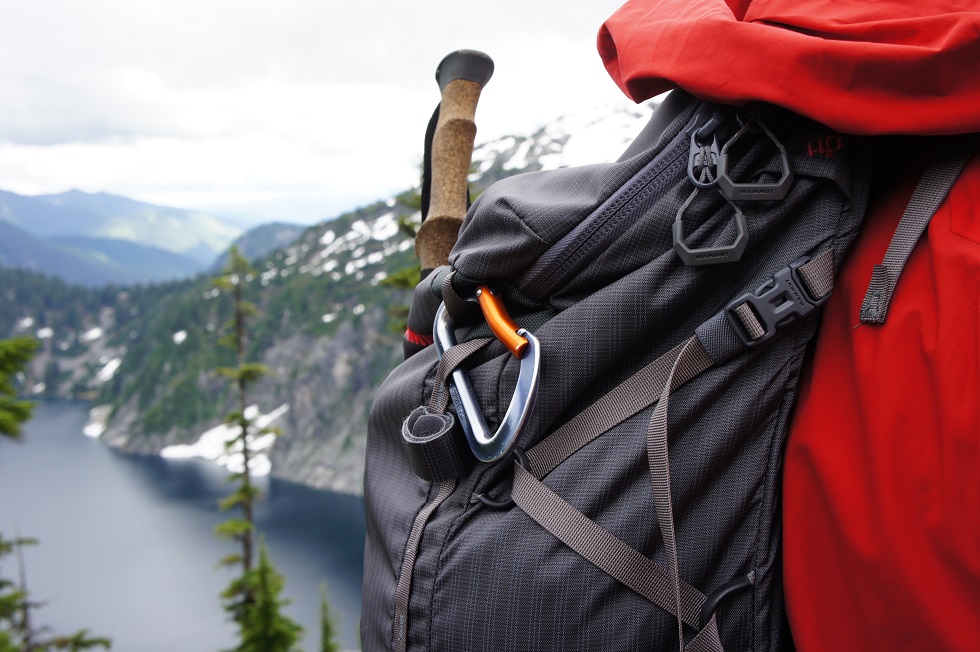
The Good
- Z-compression straps provide good weight distribution.
- Versatile design suits a range of environments including outdoor and travel settings.
- Hip belt can be removed for air travel or to reduce weight.
Not So Good
- Access can be restrictive
- Pockets are limited; the pack would benefit from additional and/or larger pockets.
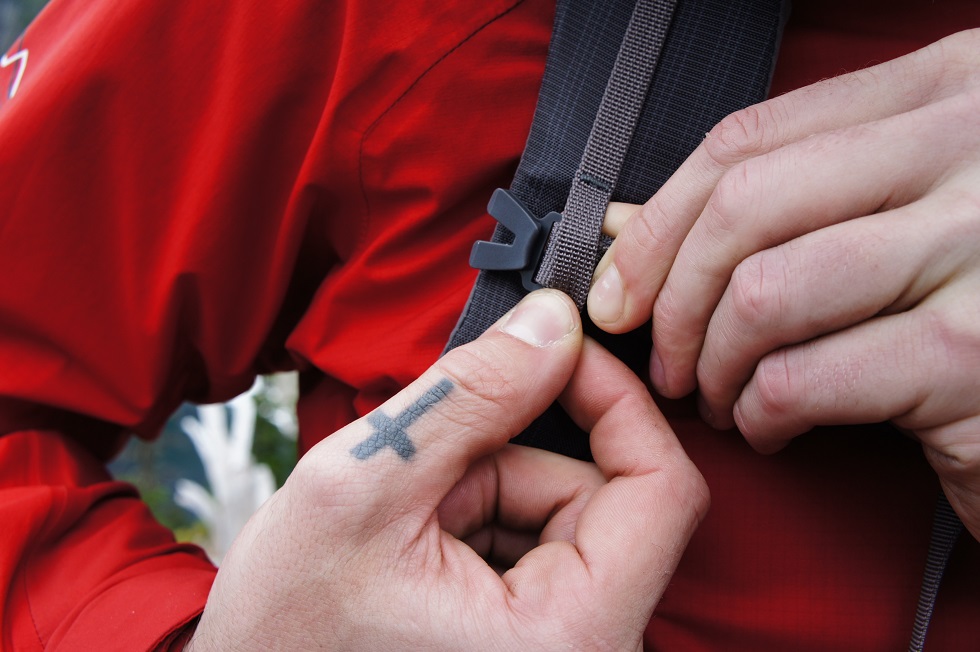
Verdict
You hand me a 28-liter bag and it’s going everywhere with me. That 30-liter sweet spot is the EDC gold standard. Can it hold my laptop in its hydration sleeve? Yup. Does it commute like a boss? Sure does. What about flying? I’m taking off the hip belt for convenience. Is that going to fit under the seat? Affirmative. Expanded EDC for me is laptop/notebook/keys/insulation/hardshell/lunch/snack/water/coffee/first aid kit and this bag swallows that up no problem. I’m a sucker for a great compression system, and the ability to run the Trion’s straps down the side, across the front, and through the daisy chain to attach anything I can realistically expect it to is awesome. This is a 28-liter bag that can hold another 20 liters of stuff on the outside. The Z Lite sleeping pad I run down the side is 20 x 4 x 5.5" (51 x 10 x 14cm). That’s nuts. A lightweight tent down the other side rounds out my minimal overnight kit.
"I’m a sucker for a great compression system, and the ability to run the Trion’s straps down the side, across the front, and through the daisy chain to attach anything I can realistically expect it to is awesome. This is a 28-liter bag that can hold another 20 liters of stuff on the outside."
This is a good option if you’re in the market for a versatile bag and you do some weekend climbing/mountaineering. I feel a little outside of Mammut’s target audience as someone who identifies primarily as a backpacker/I don’t have a climbing background, and maybe that’s on Mammut for staying so true to their heritage and sport (but that’s also awesome, isn’t it?). And maybe it’s on me for not taking notice of their hiking-specific lineup? But I gotta say I’m paying attention now. I was really impressed with this bag. Ultimately, I think the Lithium Crest or the Lithium Guide would have been better options for me with their hiker-friendly features, but I’m not the least bit disappointed with the Trion.
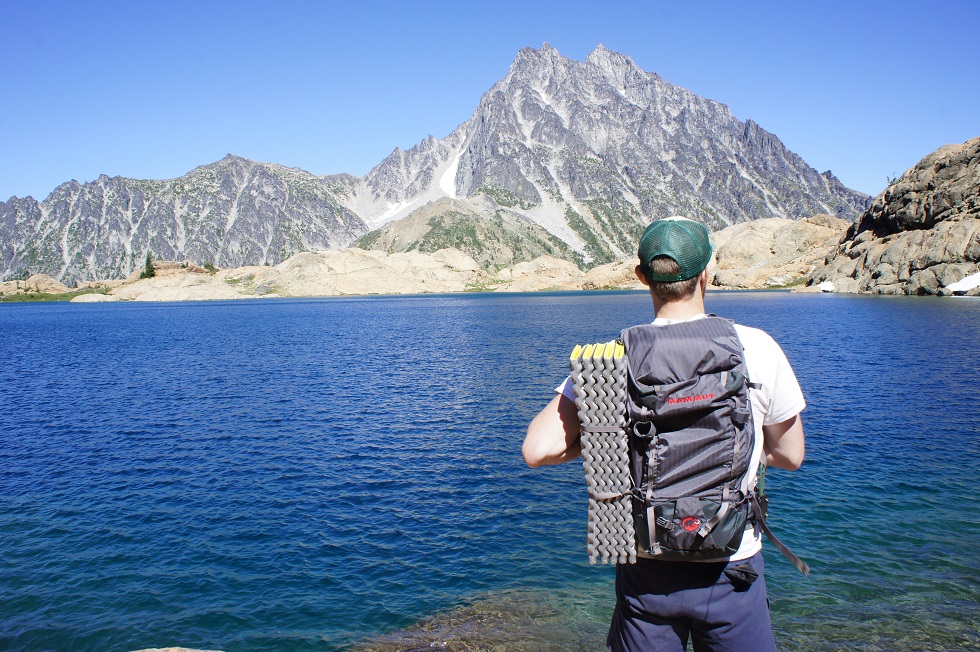





 Carry Awards
Carry Awards Insights
Insights Liking
Liking Projects
Projects Interviews
Interviews
